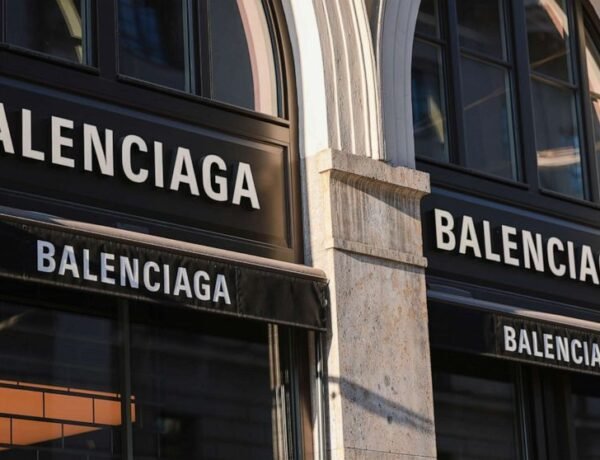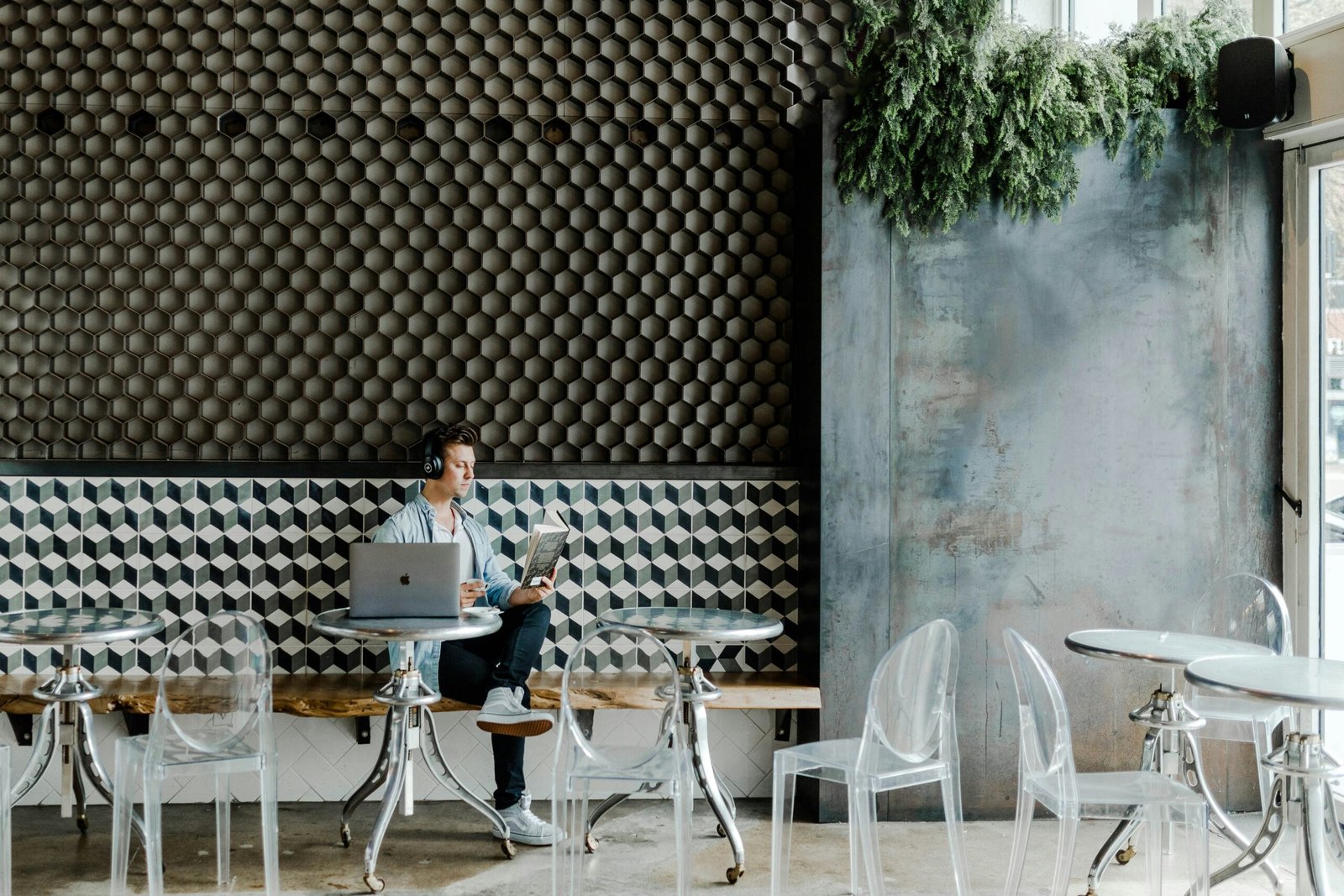The Rise of Street Art
Once considered vandalism, street art has now emerged as a powerful form of expression that has the ability to transform urban spaces and ignite conversations. From the vibrant murals of New York City’s Lower East Side to the thought-provoking stencils adorning the walls of London, street art has become an integral part of the modern urban landscape.
A Medium for Social Commentary
Street art has the unique ability to convey powerful messages in a public space. Artists use their work to address social, political, and environmental issues, making the streets their canvas for activism. By taking their art to the streets, these artists are able to reach a wider audience, sparking conversations and challenging the status quo.
One example of street art’s impact on urban culture is Banksy, the anonymous British artist known for his satirical and politically charged works. His thought-provoking pieces have not only gained international recognition but have also become symbols of resistance and dissent.
Transforming Urban Spaces
Street art has the power to transform neglected and forgotten spaces into vibrant and culturally rich areas. By bringing color and creativity to once dull and lifeless walls, street art revitalizes neighborhoods and creates a sense of community pride. It allows people to engage with their surroundings in a new and exciting way, turning a simple walk down the street into an immersive experience.
Take the example of the Wynwood Walls in Miami, Florida. What was once an industrial wasteland is now a thriving art district, attracting tourists and locals alike. The walls of the neighborhood have been transformed into a sprawling outdoor gallery, showcasing the work of both local and international street artists.
A Global Movement
Street art knows no boundaries. It has transcended geographical and cultural barriers, spreading its influence across the globe. From the bustling streets of São Paulo to the narrow alleyways of Berlin, street art has become a universal language that speaks to people from all walks of life.
In recent years, street art festivals and exhibitions have gained popularity, providing a platform for artists to showcase their work on a larger scale. These events attract art enthusiasts from around the world, fostering cultural exchange and collaboration.
The Future of Street Art
As street art continues to gain recognition and acceptance, its impact on urban culture is only expected to grow. Cities are embracing street art as a means of beautifying public spaces and promoting tourism. Artists are being commissioned to create large-scale murals, turning entire buildings into works of art.
However, as street art becomes more mainstream, questions of authenticity and commercialization arise. Some argue that the commercialization of street art dilutes its rebellious nature and strips it of its original purpose. It is a delicate balance that artists and communities must navigate to ensure the integrity of the art form.
In Conclusion
Street art has evolved from an underground movement to a global phenomenon that has the power to transform urban spaces and spark meaningful conversations. It is a medium for social commentary, a tool for revitalizing neglected areas, and a universal language that knows no boundaries. As we look to the future, it is important to embrace street art’s potential while preserving its authenticity and rebellious spirit.



